A successful test to measure hydrogen's antimatter counterpart has been completed. Ultraviolet lasers have been used to measure the frequency of light needed to shove a positron (anti-electron) up one level from its lowest energy level.
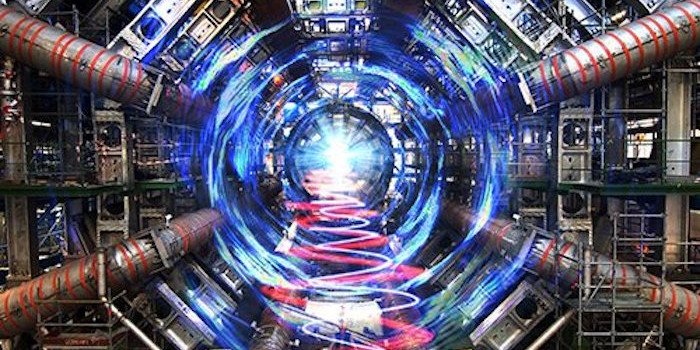
source
Anti-hydrogen atoms have opposite counterparts, such as a positron instead of an electron, with an antiproton instead of a proton.
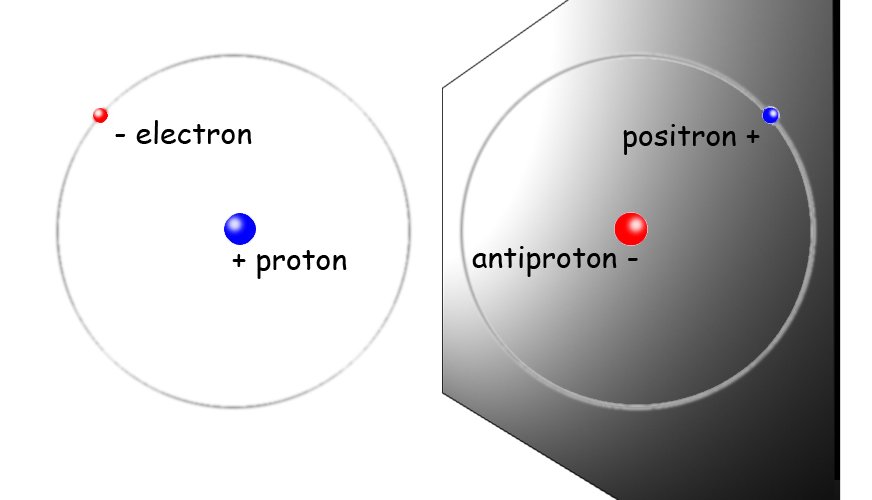
hydrogen and antihydrogen
The anti-hydrogen atom should absorb and emit light at the same wavelength as hydrogen. That was the prediction. This has been confirmed through the measurement of anti-hydrogen's spectrum.
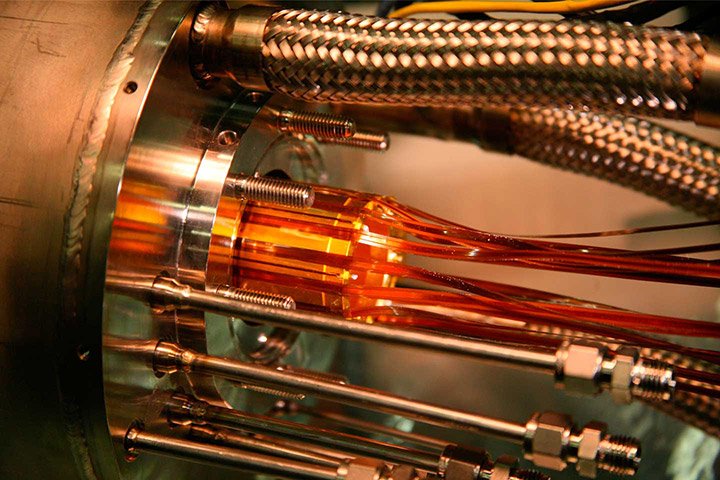
ALPHA laser
"By illuminating the trapped atoms with a laser beam at a precisely tuned frequency, scientists can observe the interaction of the beam with the internal states of antihydrogen. The measurement was done by observing the so-called 1S-2S transition."
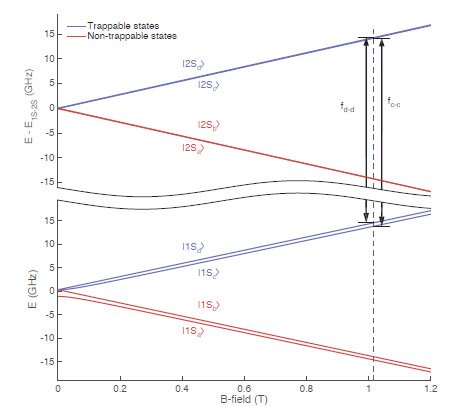
Hydrogenic energy levels
The difficulty in working with antimatter is that it annihilates and explodes into smaller particles and radiation when it comes and contact with normal matter. To overcome this, physicists keep it supercold and trap it in magnetic fields.
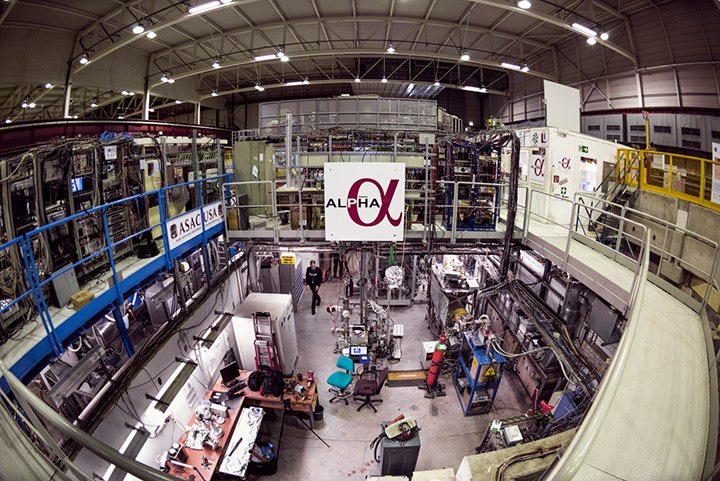
ALPHA Lab
The new experiments were carried out at CERN, in Switzerland, by members of the ALPHA collaboration, including Jeffrey Hangst. The group page states "ALPHA makes, captures and studies atoms of antihydrogen and compares them with hydrogen atoms.", and is also up to date with their latest findings ALPHA observes light spectrum of antimatter for first time.
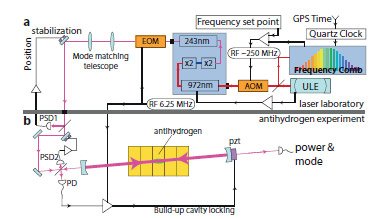
Schematic of the laser setup
Previous experiments trapped one or two anti-hydrogen atoms, while this time they managed to trap 14 at once. Shining an intense laser onto the anti-hydrogen atoms allows them to be absorbed and reemitted. Wavelengths they measured indicated that anti-hydrogen's wavelength spectrum was the same as that of hydrogen. This is the first time antimatter has apparently interacted with the laser, so the precision of their measurements is still in question, which they are working on improving.
The results in this experiment are important because scientists have been trying to study how light is absorbed and emitted by antimatter. The hope is that further tests can help in the field of physics called charge-parity-time symmetry, CPT.
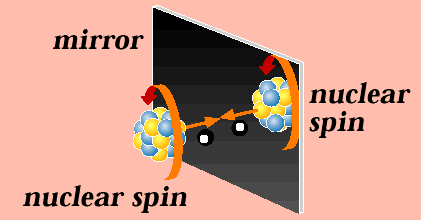
Symmetry
CPT Symmetry predicts energy levels of antimatter and matter should be the same. This is so that they equal the exact same amount. A violation of this balance could require radical rethinking of the standard model of particle physics. These experiments serve to validate the existing model by showing that the measurements in anti-hydrogen are equal to that of hydrogen.
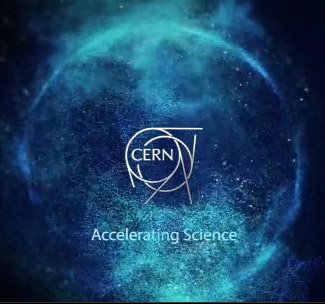
CERN
For two other projects at CERN, ATRAP and ASACUSA, who were competing with ALPHA, are happy for the results but not without a little bit of jealousy or envy at the success of the other team. Gerald Gabrielse, leader of ATRAP, said “We started ten years earlier and they got to this result first.” But this isn't a malicious envy, "Congratulations to ALPHA,” adds Gabrielse. There is a great satisfaction for another discovery being accomplished in the field of physics and science in general. Long live knowledge.
You can look at CERN footage explaining the experiment here:
https://cds.cern.ch/record/2239266
References:
- Ephemeral antimatter atoms pinned down in milestone laser test
- ALPHA observes light spectrum of antimatter for first time
- Antimatter atom trapped and measured with a laser for first time
- Observation of the 1S–2S transition in trapped antihydrogen
- CPT symmetry
@krnel
2016-12-19, 12:30pm
